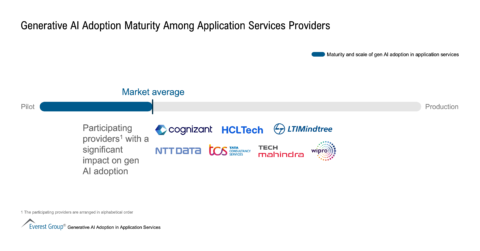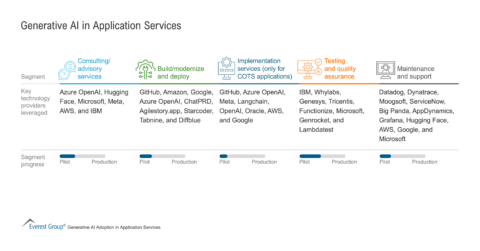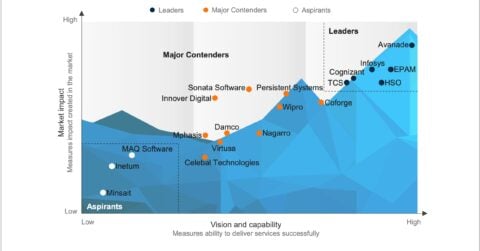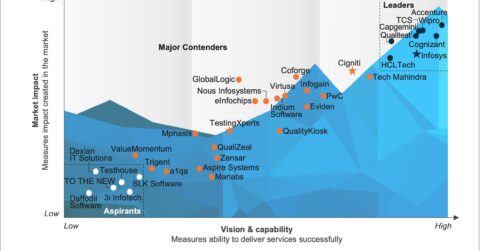Reimagine growth at Elevate – Dallas 2025. See the Agenda.
Displaying 21-30 of 55
From Investment to Impact: Maximizing the Value of AI in Your Organization | Webinar
May 15, 2024
Webinar
Key Insights into APAC’s Global Services Landscape: The 2024 Trajectory | LinkedIn Live
On-Demand LinkedIn Live
1 hour
Key Issues 2024: Creating Accelerated Value in a Dynamic World | Webinar
On-demand Webinar
1 hour











